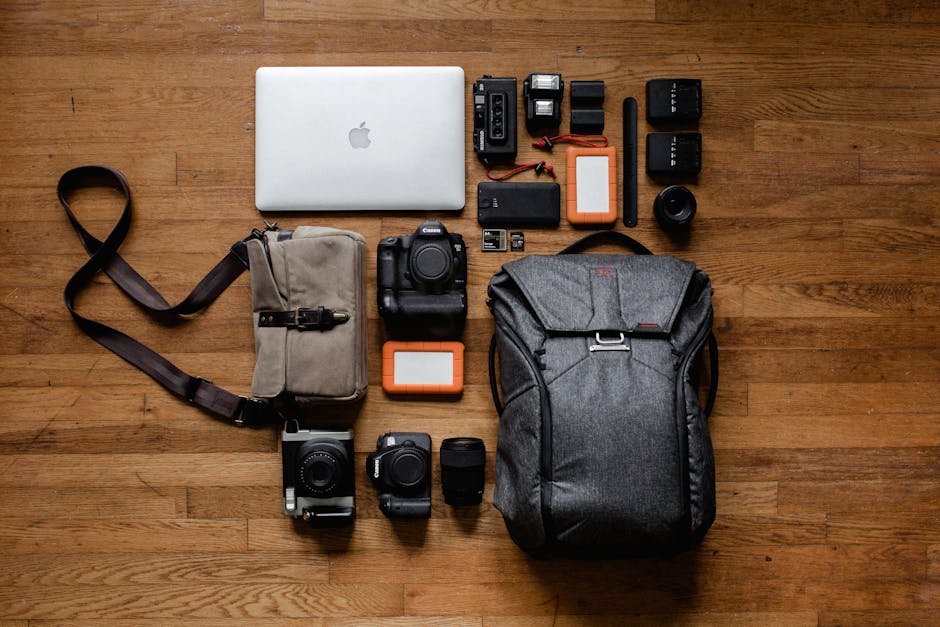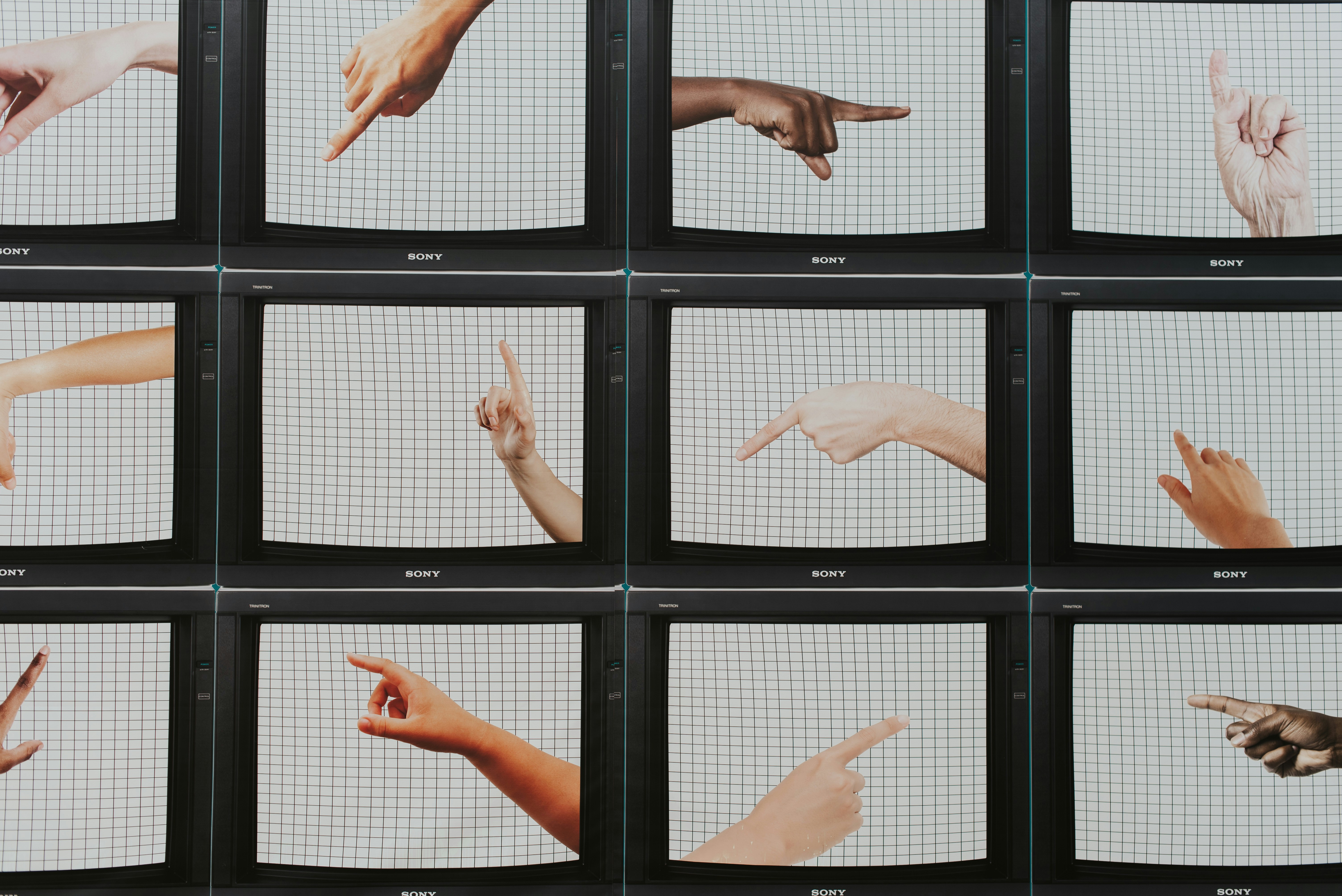Visual Alchemy: Transform Everyday Objects into Stunning Visuals
In a world brimming with technology and artistic endeavors, photographers have a unique opportunity to narrate stories through their lenses. While it may seem that extraordinary visuals require extravagant setups or exotic landscapes, the true magic lies often within the mundane aspects of our daily lives. By harnessing the elements of light and color, you can transform everyday objects into compelling visual tales, a craft I like to call "visual alchemy." With this guide, let’s explore practical photography tips and gear reviews that help you channel your artistic vision, capturing the extraordinary nestled within the ordinary.
The Art of Seeing: Discovering Potential in Everyday Objects

Have you ever walked past an old teacup or a discarded shoe and thought, "That's just rubbish"? Well, as photographers, we have the innate ability to see beyond the surface. Observation is key to finding beauty in what many overlook. Everyday objects can serve as powerful storytelling devices, echoing contrasts, emotions, or memories. When you reshift your perspective, you unlock a treasure trove of visual stories waiting to be told.
For instance, a simple glass of water can be a metaphor for clarity, calmness, or even contemplation, depending on how you capture it through your lens. Engaging with subjects on this deeper level can elevate your photography from mere documentation to powerful storytelling.
Lighting: Your Most Important Element

Mastering the use of light is fundamental for any photographer aiming to tell a story. Whether you're utilizing natural light or experimenting with artificial sources, understanding light’s behavior is crucial.
Natural Light vs. Artificial Light: Natural light, especially during the golden hour—just after sunrise or before sunset—can soften shadows and enrich colors, making everyday objects look ethereal. If you're indoors, window light often works wonders, casting gentle shadows that breathe life into stillness.
On the flip side, artificial light can sculpt form and create vivid contrasts. Using tools like desktop lamps or external flash units can help manipulate the intensity and direction of light, thus resulting in dramatic or subtle effects. National Geographic offers fantastic resources on exemplary use of natural and artificial light in photography.
Experimenting with Shadows

Shadows can add depth and intrigue to your composition. The interplay between light and shadow can change the entire mood of your photo. Why not check out The Psychology of Shadows, where you’ll find excellent insights on how to craft narratives with this often overlooked feature.
Additionally, you can use common household items to influence shadow patterns. A simple piece of parched cardboard can serve as a reflector, bouncing light around or creating new shapes with its sharp edges. Thus, shadows can become integral elements in depicting texture and emotion in your photography.
The Power of Color Fusion

Color is not merely an aesthetic element but also a psychological force that can elicit emotions and reactions. Exploring color theory allows you to evoke feelings through your imagery effectively. Understanding complementary, analogous, and monochromatic color schemes can have a profound impact on the narratives you convey through your work.
Imagine photographing a rusty red bicycle against a vibrant turquoise wall. The energy of those contrasting colors not only pops but draws viewers in, compelling them to feel the thrill of a sunny day or the nostalgia of childhood. For deeper insights into the psychology of color, you might want to read The Psychology of Color in Photography.
Incorporating Color Objects in Everyday Life

Daily life is sprinkled with colors waiting to be featured in your photos. Items such as fruits, books, clothing, or art supplies can serve as focal points. Try experimenting with these items through creative arrangements or compositions that emphasize contrasting colors or harmonistic palettes.
Don't hesitate to communicate the mood you wish to convey through color. A richly saturated image can evoke passion or exuberance, while a subdued palette might suggest melancholy or introspection.
Gear Reviews: Choosing the Right Tools for Visual Alchemy

While the artistic vision is critical, having the right tools can elevate your outcomes significantly. Below, I will review essential photography gear that will enhance your journey in visual storytelling.
Camera Bodies

Choosing the right camera body can profoundly affect your photographic experience. Consider mirrorless systems that boast portability and powerful sensors—ideal for quick shots in spontaneous environments. Popular picks such as the Sony Alpha series or Canon EOS R line provide the perfect fusion of technology and adaptability tailored for urban or nature shooters alike.
Lenses and Gear Accessories

When photographing everyday objects, lens flexibility is essential. A versatile 24-70mm lens permits wide-angle shots and detailed close-ups, making it a staple for any photographer. On the other hand, macro lenses allow you to capture intricate details of ordinary objects, highlighting textures and colors in stunning clarity, which is pertinent for creating compelling visual stories.
Don’t underestimate accessories such as tripods, reflectors, or light meters. They can offer stability and help you manage lighting conditions effectively. Shopping for gear can be overwhelming, so check our list of Top 10 Must-Have Camera Accessories for Every Photographer in 2025 to streamline your exploration.
Innovative Photography Tools

Incorporate more experimental gadgets into your toolkit. Devices like smartphones with advanced camera capabilities or gadgets that facilitate movement—like gimbals for stabilization—can lend a modern twist to traditional photography techniques. When gear malfunctions or unexpected moments arise, that can lead to unplanned creative outcomes, enriching your storytelling approach. Explore these ideas more in depth with Embrace Camera Malfunctions.
Composing Your Visual Stories

Composition plays a significant role in photography, guiding viewers' eyes and shaping interpretations. Familiarize yourself with principles such as the rule of thirds, leading lines, and frame within a frame. These methods can help you create visual order, drawing attention to the narrative you wish to tell.
Incorporating negative space can also elevate your work, allowing your subject to breathe while simultaneously enhancing its significance. Just as a minimalist design can communicate clarity, allowing for simplicity in your visual story can amplify its emotional weight.
Narrative Techniques: Connecting Emotion with Objects

Photography is ultimately about connection. Achieving an emotional resonance with your audience is a compelling goal, and infusing personal experiences into the stories you capture can significantly enhance viewers' engagement. An old family heirloom, for instance, can evoke nostalgia, while a worn-out toy can convey themes of loss or growth.
Getting acquainted with subjects while photographing can further deepen your connection with them. Try to inquire into their stories and opinions, bringing a human element into your framework. By aligning emotion with your everyday subjects, the photographs resonate on a more profound level.
Final Thoughts: Harnessing Your Visual Alchemy

Embarking on the journey of transforming everyday moments into visual stories offers boundless opportunities for creativity and expression. The alchemy of photography lies not only in how you see the world but in how you choose to frame, light, and color the stories that surround us.
Remember, the path to mastery involves consistent exploration and a thirst for experimentation. Embrace imperfections, learn from every clicking sound your camera makes, and revel in the uniqueness of each captured moment. As you weave light and color through the everyday fabric of your life, you’ll discover that extraordinary stories often await just around the corner—ready to be turned into stunning photographs.
Discover how to transform everyday objects into stunning visual stories through innovative photography tips and gear reviews focused on light and color techniques.



